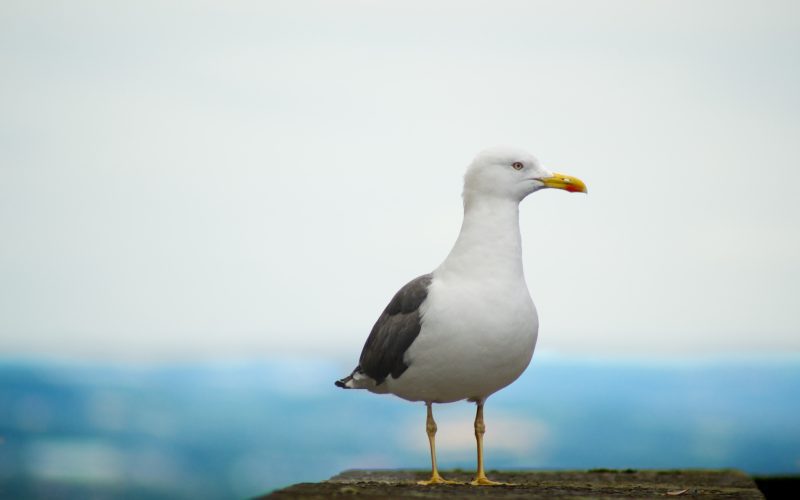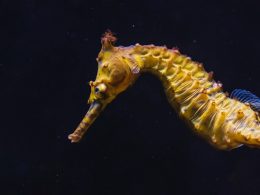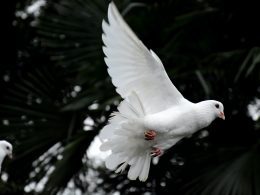For many of us, seagulls are synonymous with the beach, the ocean, and summer vacations. However, these birds have also been the subject of controversy and criticism over the years, often seen as aggressive and noisy pests. But is this perception of seagulls fair? In this article, we’ll explore the evolution of our perception of seagulls, from nuisance to nurturers.
Seagulls have been a part of human history for centuries, with their populations expanding rapidly in the 20th century as coastal development and fishing industries grew. However, with their increasing presence came increasing complaints about their behavior, including their habit of stealing food from beachgoers and scavenging in urban areas.
This negative perception of seagulls was reinforced by media portrayals, with seagulls often depicted as aggressive and dangerous birds in movies and television shows. In some coastal communities, seagulls were even targeted for extermination programs, as they were seen as a threat to human health and safety.
However, in recent years, there has been a shift in our perception of seagulls, with a growing recognition of their ecological importance and their role in maintaining coastal ecosystems. Seagulls are now seen as important indicators of marine health, with their populations providing valuable data on changes in ocean conditions and marine biodiversity.
In addition, seagulls have also been recognized for their role in nutrient cycling and soil fertility. Seagull colonies can produce large amounts of guano, or bird droppings, which contain high levels of nitrogen and other nutrients that are essential for plant growth. In some areas, seagulls have even been employed as natural fertilizers, with their guano being used to improve soil health and productivity.
Furthermore, seagulls are also important predators in coastal ecosystems, feeding on a variety of fish, shellfish, and other marine organisms. This makes them an important link in the food chain, as their consumption of smaller organisms can help to regulate populations and maintain ecological balance.
Despite these positive developments, seagulls still face many challenges in their daily lives, including habitat loss, pollution, and climate change. As coastal development continues to encroach on their natural habitats, seagulls may become increasingly vulnerable to these threats, making their conservation and protection all the more important.
In conclusion, our perception of seagulls has evolved from a nuisance to a recognition of their important role in maintaining coastal ecosystems. As we continue to learn more about these fascinating birds, it’s important to remember the challenges they face and to take steps to protect their habitats and ensure their continued survival. Seagulls are not just pests or nuisances, but important members of our coastal communities and ecosystems, and we should strive to coexist with them in a sustainable and respectful way.











